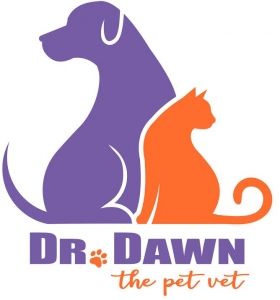Diabetes is as serious in pets as it is for humans. It can lead to other medical conditions if left untreated, such as infections, slow wound healing, and cataracts, and even death. It is a chronic disorder, characterized by high blood sugar (hyperglycemia). It is fairly common, so it is important to know how to look out for the warning signs. No cure exits, but with appropriate treatment we can manage it and enable out pets to live a happy, normal life.
Diabetes is caused by damage to the pancreas, making it unable to produce enough insulin to meet the patient’s needs. There are predisposing factors, which increase the chances of it occurring. They are: chronic pancreatitis, obesity (15% more than ideal body weight, especially in cats), genetic predisposition, poor diet, hormonal abnormalities, stress and certain medications. In dogs, females are twice as likely to be diabetics, while male cats are more commonly affected than females.
Signs
The most common signs are increased thirst and urination. Weight loss, particularly with a healthy appetite, weakness, depression abdominal pain or sudden blindness due to cataracts are also seen.
Diagnosis
An exam, and blood and urine testing will confirm the disease. It is often complicated by urinary tract infections, or other infections such as dental disease, hormonal disorders (such as Cushing’s disease, mainly in dogs), cancer or other illnesses. If untreated, pets can become dangerously sick, with a very high blood glucose level leading to chemicals called ketones, which can be life-threatening.
Treatment
In most dogs and cats, insulin is needed, and it usually is administered twice daily, as an injection. There are a small number of cats that can be managed, in part, with an oral medication, but that is not as common, and it is often is more difficult to treat with an oral medication. It is also important to feed your pet at regular intervals and to adhere to a schedule that does not fluctuate much for the injections each day.
Cats can occasionally develop diabetes due to obesity, and diet, and weight loss, can help control the disease.
Prevention
The best thing you can do is see your vet regularly, so that early warning signs are not missed in the exam, history, or bloodwork. Try to keep their weight in the healthy range, feed good quality food, and notify your veterinarian as soon as you see any of the above mentioned signs.
Dr. Dawn
Please subscribe and share here







